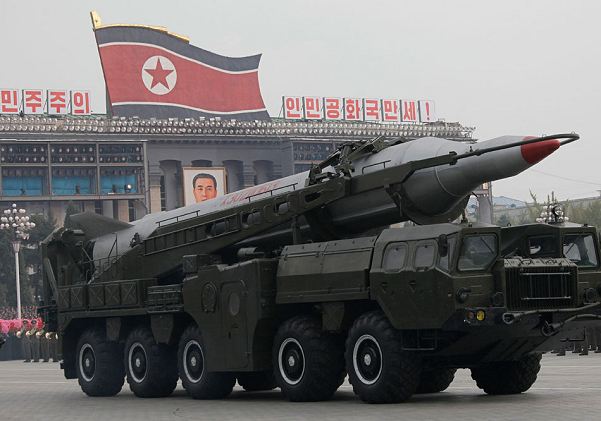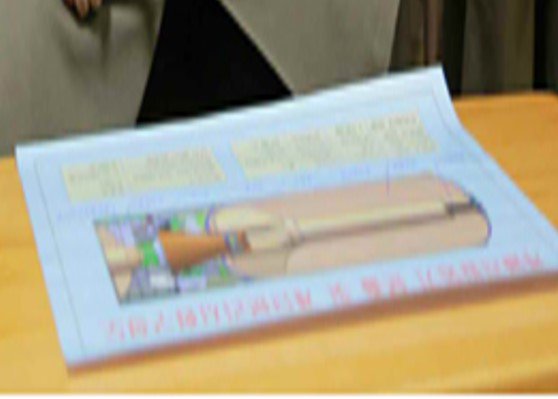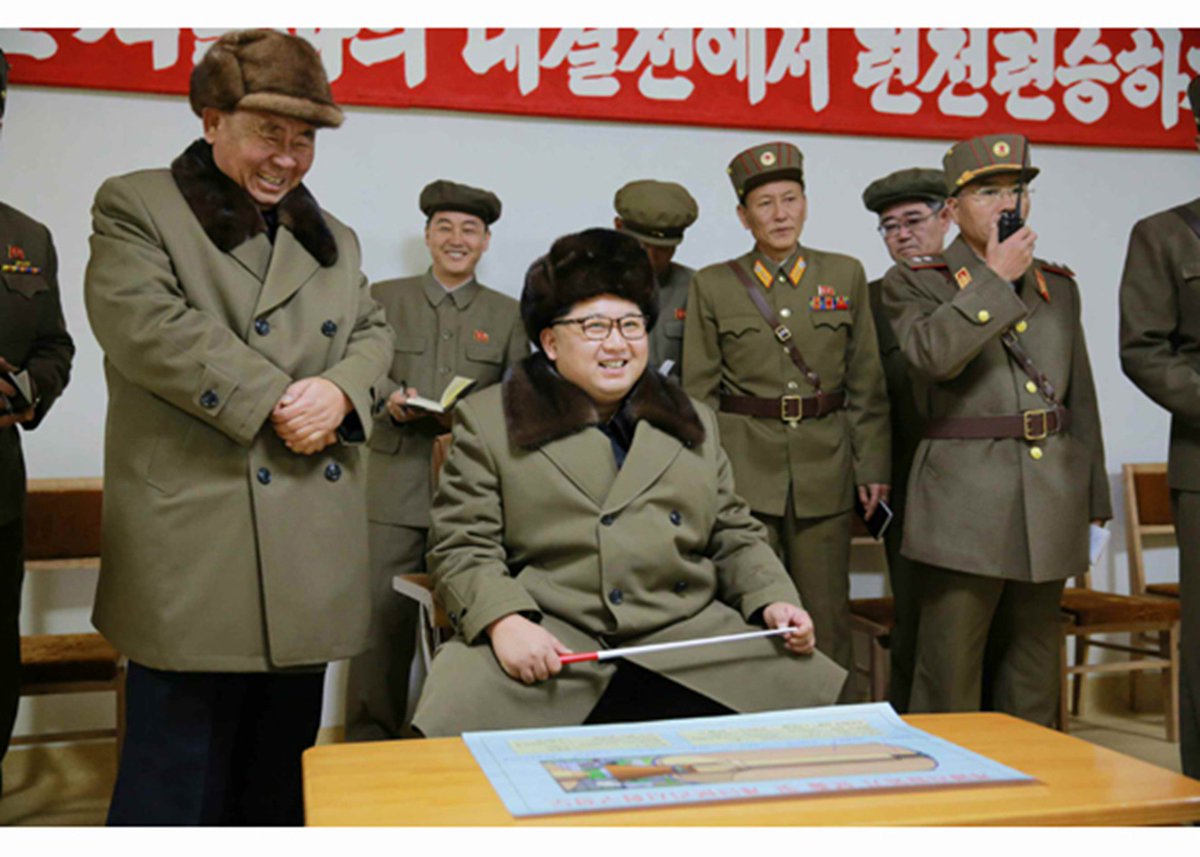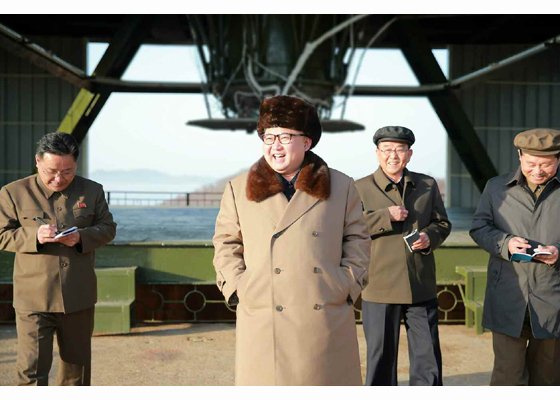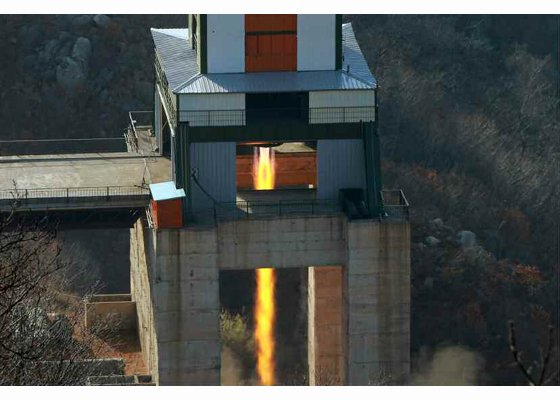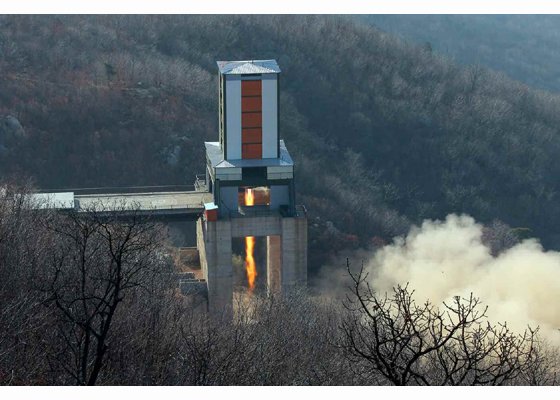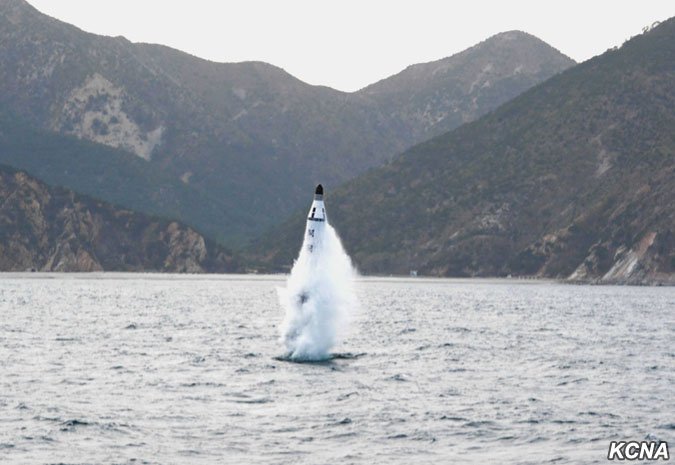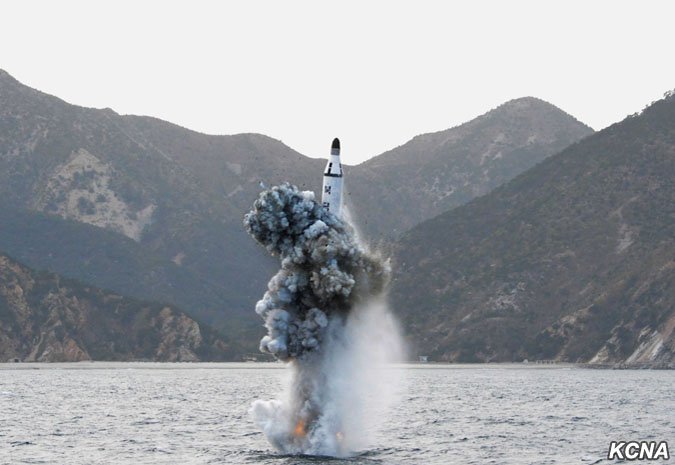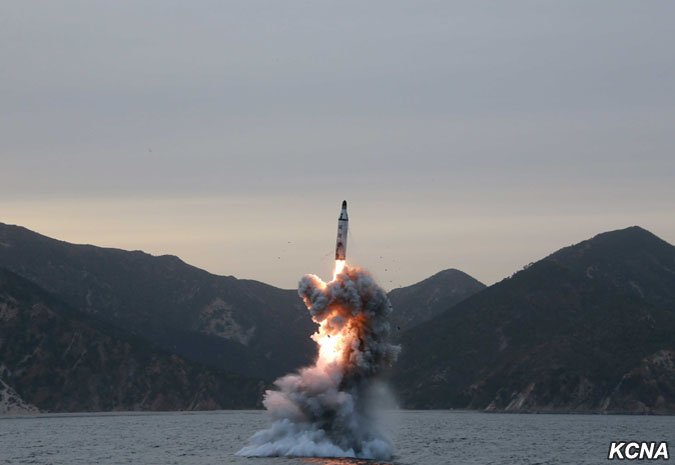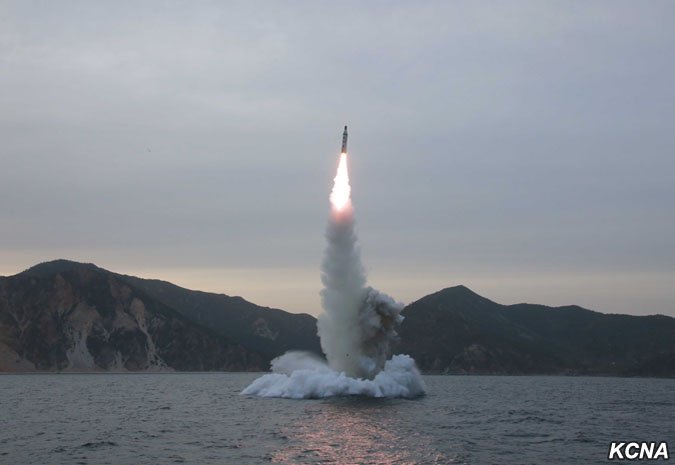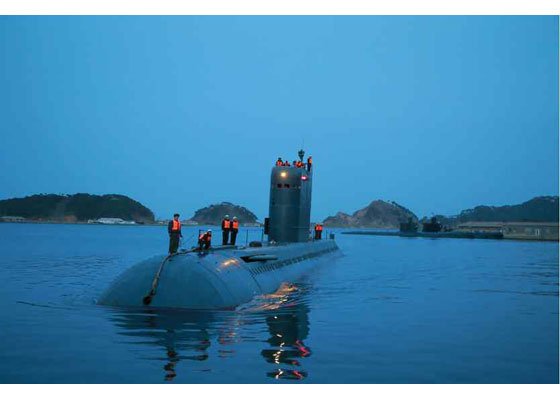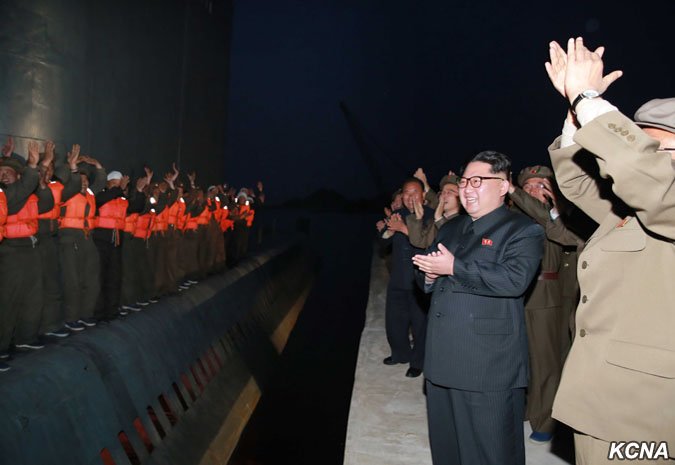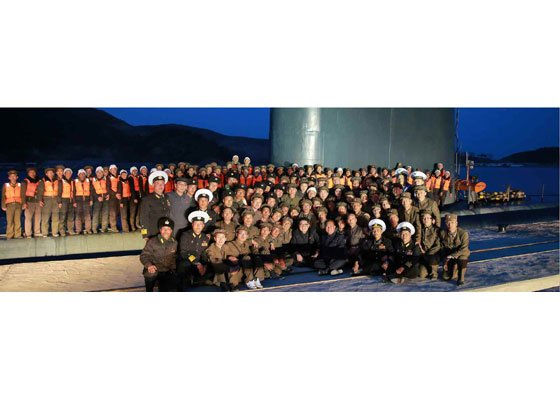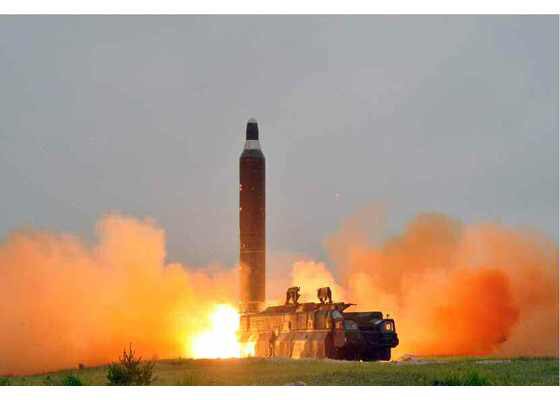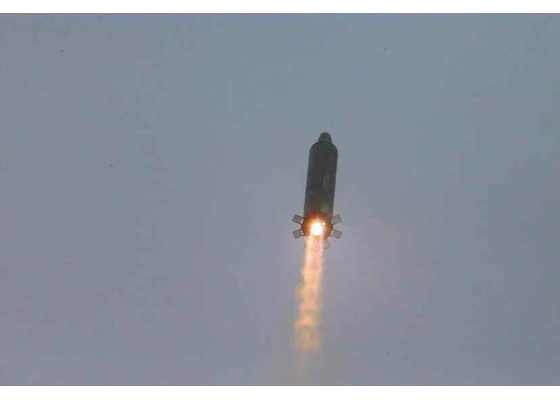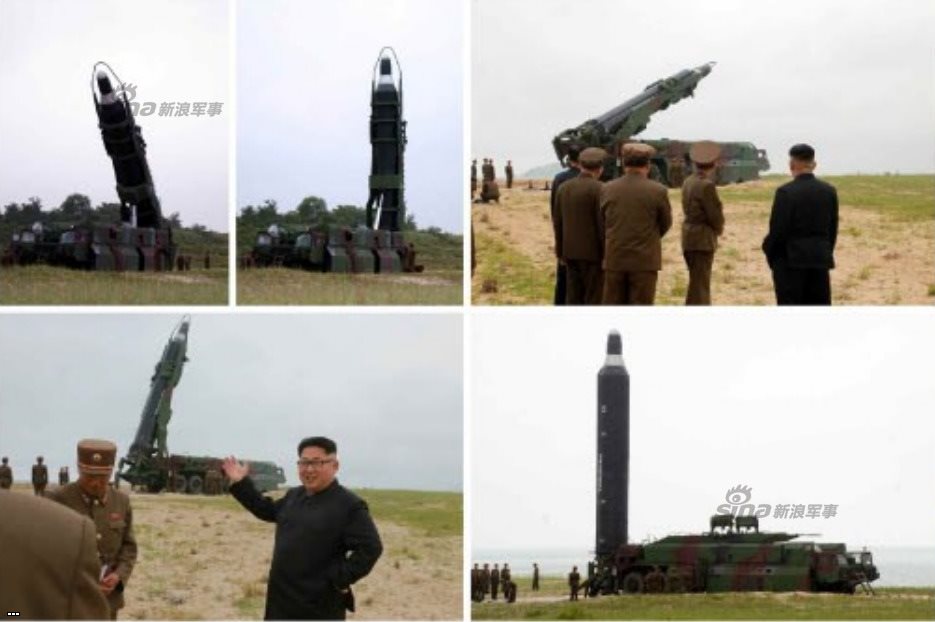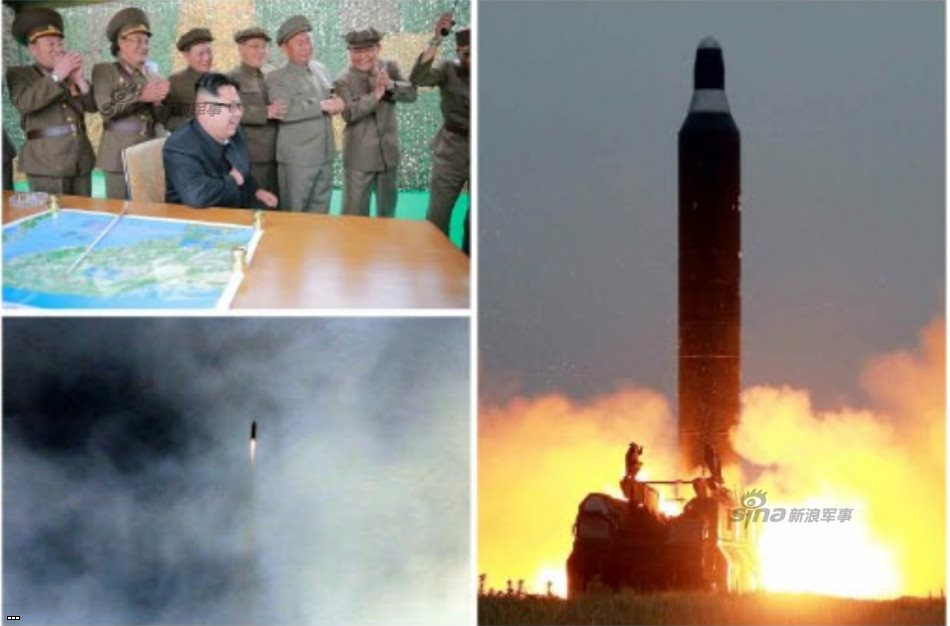Test Indicates Improved N. Korea SLBM Tech 
North Korea on Sunday claimed it had successfully test-fired a submarine-launched ballistic missile, after which the South Korean military said Pyongyang has made “considerable progress” in developing the advanced weapon system, which could be deployed within the next three to four years.
The Seoul government condemned the SLBM launch, and called it a clear violation of the U.N. Security Council resolution.
“The (South Korean) government has warned multiple times that North Korea will face a more powerful and firm response from the international community, should it continue to carry out further provocations,” the Foreign Ministry said in a statement. “In addition to dedicated implementation of the UNSC resolution, the international community will strengthen the sanction and pressure against the North.”
North Korean leader Kim Jong-un watches the launch of a submarine-launched ballistic missile in a photo released by the Korean Central News Agency on Sunday. (Yonhap)
Pyongyang’s state-run Korea Central News Agency said the underwater test-firing conducted Saturday was “a complete success” under the supervision of state leader Kim Jong-un.
“We (North Korea) now have another powerful means to deliver a nuclear strike, in accordance to the (state) party’s strategic plans. ... Our navy’s operational capacities have been extremely enhanced,” Kim was quoted as saying.
South Korea’s Defense Ministry said the North is hastening the development of the SLBM, which has the distinct advantage of being stealthier when fired from a submarine.
“Compared to other countries with SLBMs, the actual deployment of the SLBM is expected to be 3-4 years. But there is also a possibility that it may take less time if they (Pyongyang) concentrate efforts on this issue,” said ministry spokesman Moon Sang-kyun.
Saturday’s launch was assessed by the Joint Chiefs of Staff to have flown 30 kilometers, far less than the known minimum range for the KN-11 SLBM at 300 kilometers.
While experts doubt Pyongyang’s claim of a successful flight and detonation, it is presumed to have at least successfully conducted a “cold launch,” which refers a missile being expelled first from a platform and then igniting in midair. This is crucial in submarine launches to prevent damage to the vessel.
Pyongyang conducted an unsuccessful underwater SLBM launch in November, with its subsequent launch in the following month was presumed to have been from a barge, not a submarine.
The KCNA claimed the latest test verified the stability of the cold launch system at maximum depth. Military experts view a depth of at least 20 to 30 meters to be significant in deeming the test launch’s success.
The depth of Saturday’s launch is presumed to be far less, at 10-15 meters.
North Korea has been stepping up claims about its nuclear and missile capacities, even firing its intermediate-range Musudan ballistic missile earlier in the month for the first time. That launch was assessed to have been a failure.
The U.N. last month imposed what officials have called “the strongest sanctions ever” against the hermit kingdom as punitive action for its Jan. 6 nuclear test and Feb. 7 long-range rocket launch.
Also on Saturday, North Korea’s foreign minister Ri Su-yong in New York said his country is ready to halt its nuclear tests on the condition that South Korea and the U.S. discontinue their annual joint military drills.
In an interview with the Associated Press, Ri said the recent escalation had been prompted by the Seoul-Washington military exercise. South Korean military officials had said that this year’s Key Resolve and Foal Eagle exercise would be “the largest ever” in terms of size and military assets deployed.
There had been widespread speculation in South Korea that the North is likely to conduct a fifth nuclear test before its ruling party’s convention in early May to rally the support of citizens behind the Kim regime, while simultaneously pressuring the international community.
The South Korean military has been on alert based on the government’s prediction the test may take place around Monday, which marks the anniversary for the creation of the North’s state army.
North Korea, which has stepped up demonstrations of its arsenal recently, reportedly deployed 300 multiple-rocket launchers near the inter-Korea borders. The new 122-millimeter caliber launcher is known to have a maximum range of 40 kilometers, putting Seoul and Gyeonggi Province within its range.
